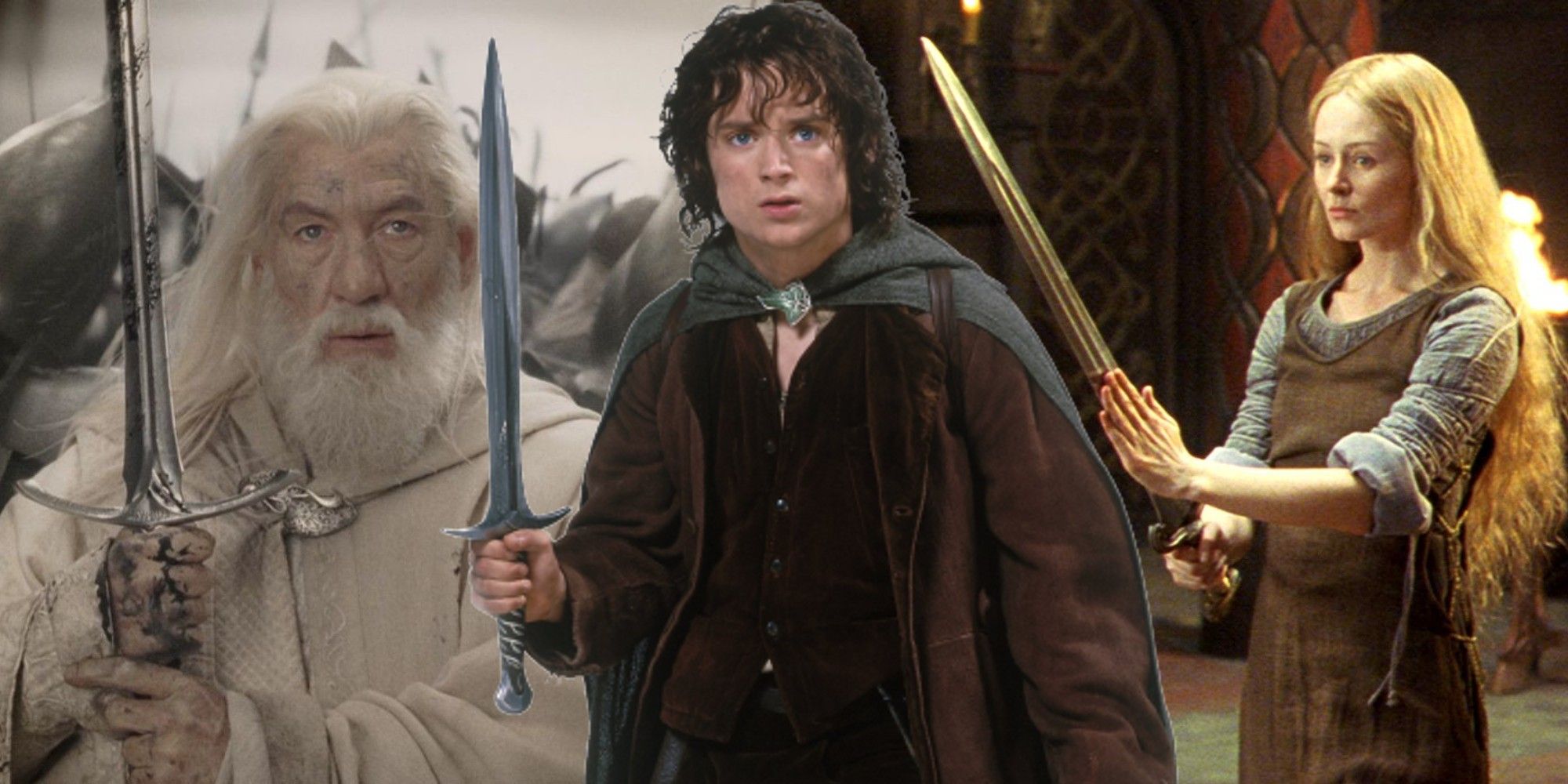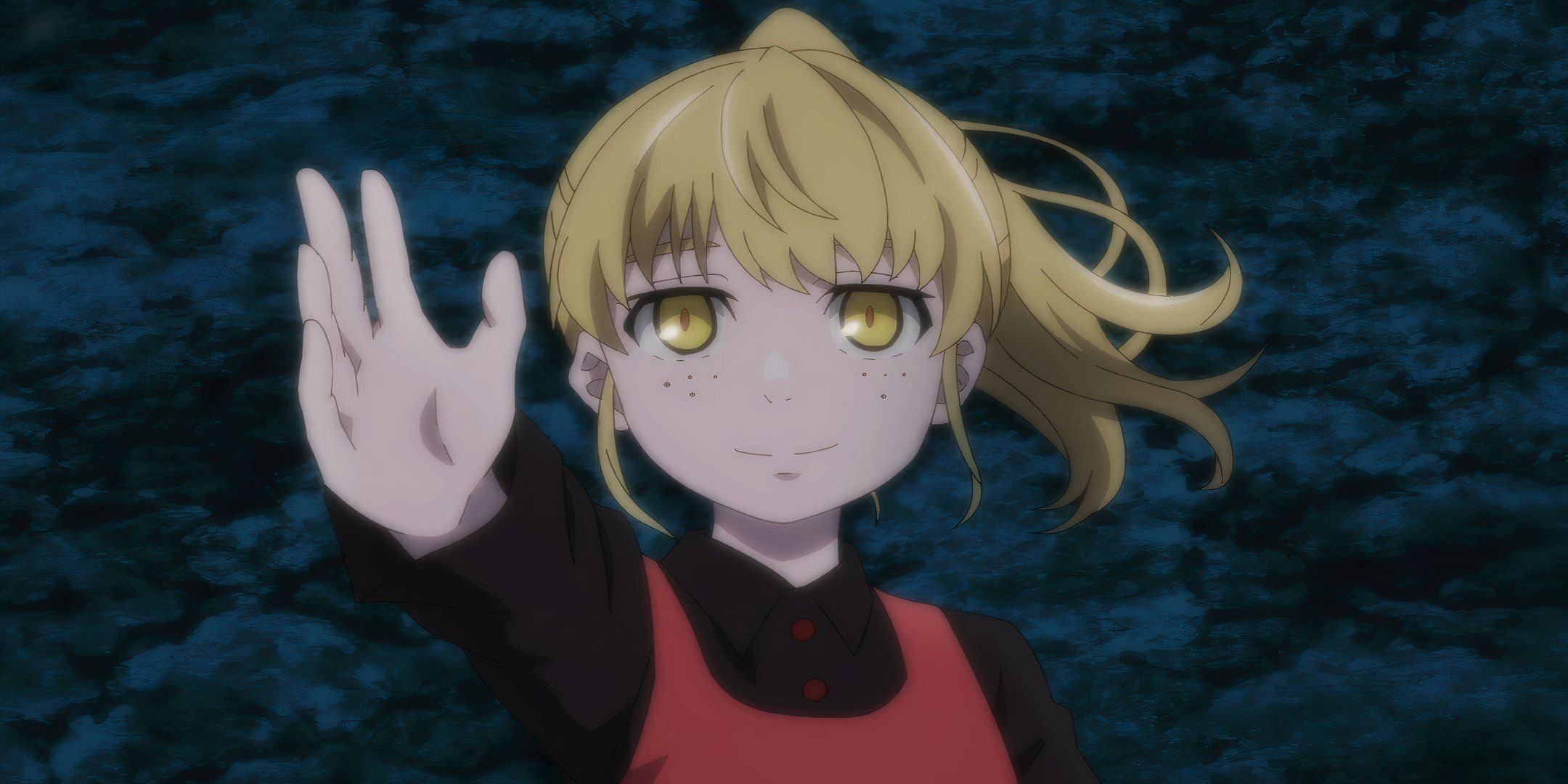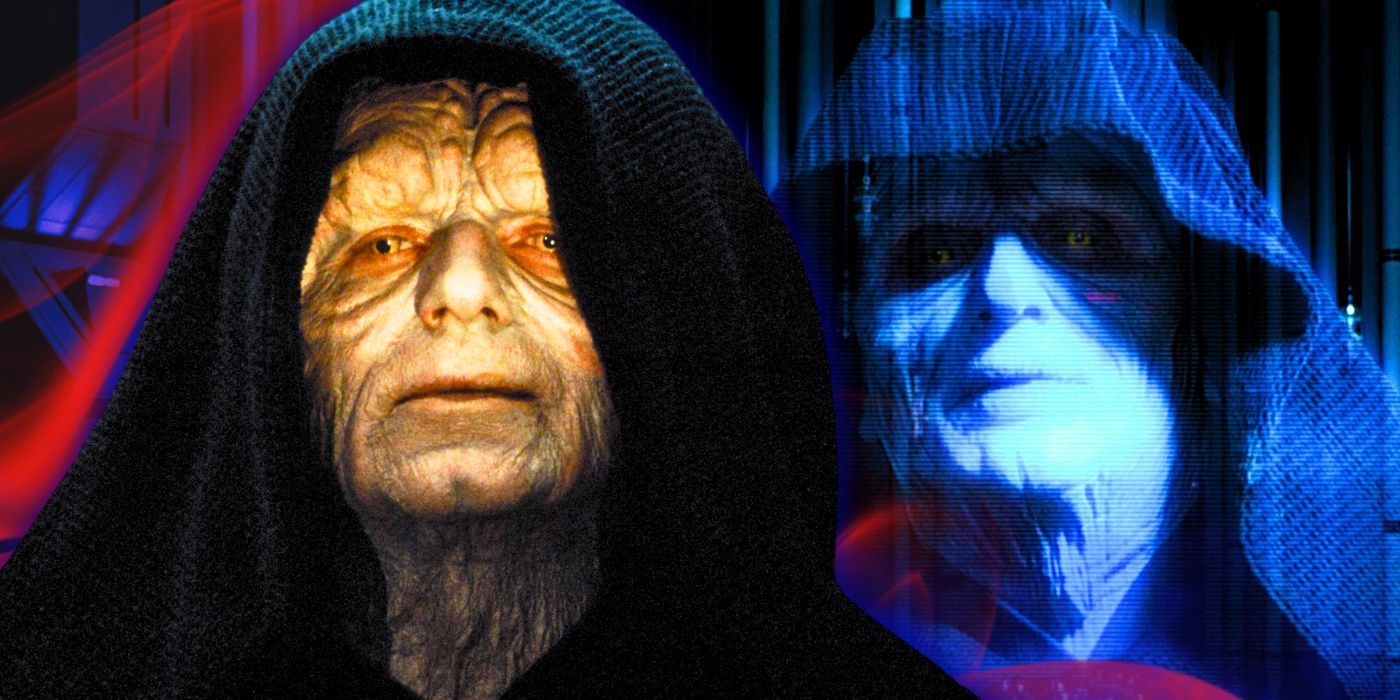Yoshihiro Togashi, the author of Hunter X Hunter, has detailed the inspiration behind his portrayal of Meruem’s final moments. A tearjerker, the scene marks the end of the Chimera Ant arc, where a gravely injured Meruem is comforted by Komugi, the young Gungi master and friend to the dying king. This particular chapter is iconic due to its exclusive use of white speech bubbles on blacked-out backgrounds.
This new information comes from the Japanese Iwakura and Yoshizumi’s Show podcast. Yumiko Seki, a former member of the Japanese pop group Sakurazaka46, explained on the show that she had sent Togashi a list of questions about his manga. She decided to read his handwritten responses on the podcast for other Hunter x Hunter fans to enjoy, which were then graciously translated into English by Togashi’s Troupe on X.
The interview was a great and informative look behind the creatrive process of one of the most celebrated mangaka ever. Togashi’s insight on the final moments of Meruem and Komugi was particularly valuable, as the author explained the reasons why he portrayed that scene in such memorable fashion.

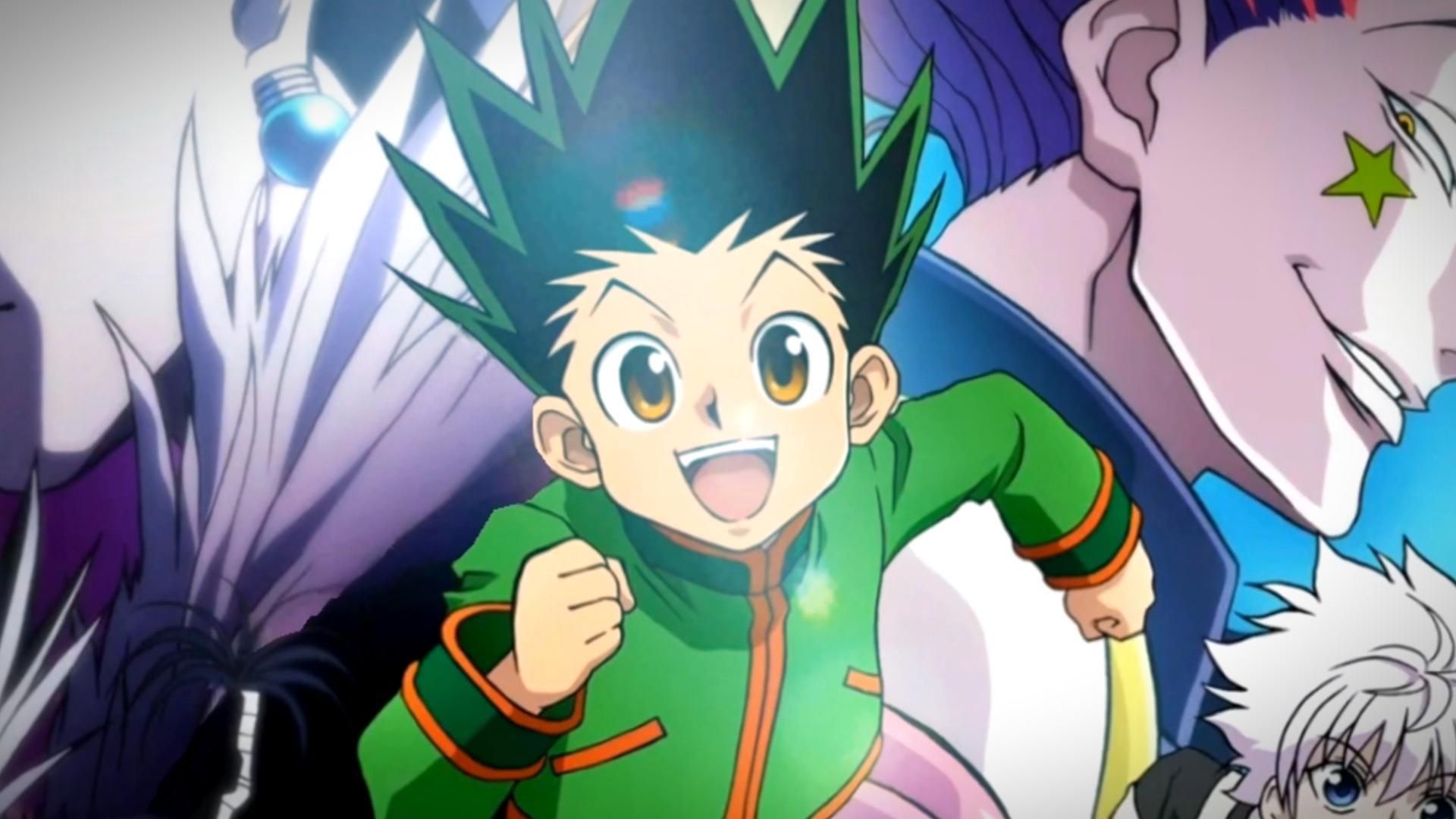
Hunter x Hunter’s Author Reveals The Ending Of The Series In Case Of His Death
Yoshihiro Togashi has revealed the ending for Hunter X Hunter fans should consider canon in case he dies before completing the series.
Hunter x Hunter‘s Most Tearful Scene Was Inspired By A Manga About The Hiroshima Bombing
Meruem’s final moments were inspired by Town of Evening Calm, Country of Cherry Blossoms
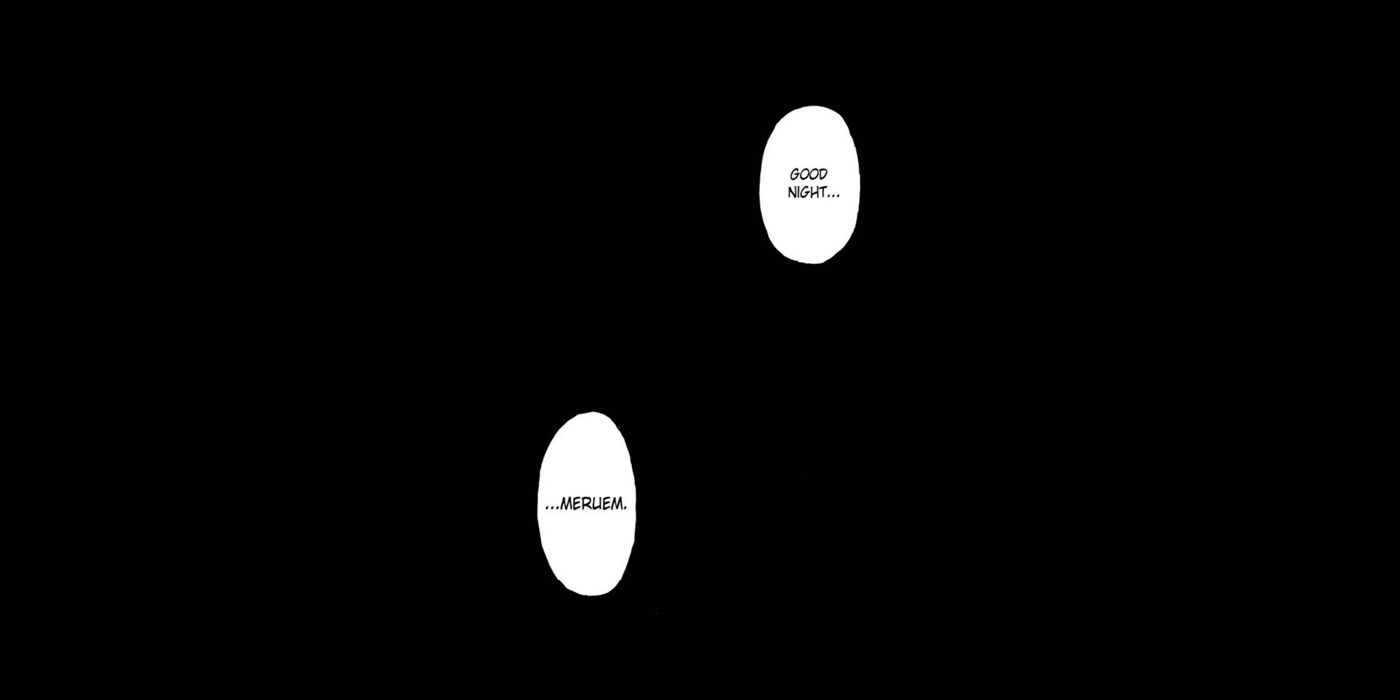
In his handwritten response to the former musician, Togashi states that the famous final moments of Meruem and Komugi from chapter #318 were inspired by a scene from Town of Evening Calm, Country of Cherry Blossoms, a famous manga about a family affected by the atomic bombing of Hiroshima. While creating the storyboard for the chapter, he recalled a scene that was composed only of white backgrounds and dialogue. Despite misremembering the context of when this occurred, it inspired the now iconic Hunter x Hunter chapter, which features black panels interspersed with white speech bubbles, with Meruem having a final conversation with Komugi.
While Togashi mentions that the idea came during storyboarding, the use of Town of Evening Calm, Country of Cherry Blossoms as inspiration is fitting for the conclusion of the Chimera Ant arc. Meruem’s death was caused by Netero, the chairman of the Hunter Association, when he detonated a weapon of mass destruction known as the Poor Man’s Rose during their fight. It’s the in-universe equivalent of the atomic bomb, its explosion delivering a lethal dose of poison instead of radiation, and it took a brutal weapon like this to take down one of Hunter x Hunter‘s top villains.
Meruem’s Death Also Took Notes From Ashita no Joe and Fist of the North Star

Togashi also talks briefly about the iconic double-page spread of Komugi comforting Meruem as he passes, particularly the cross-hatched shading style used in his drawing. He mentions that the technique is used to emphasize emotional moments in manga, with notable examples including the conclusion of Ashita no Joe, where Joe “burns out” after giving his all in the boxing ring, or Fist of the North Star, when Raoh dies following his final confrontation with Kenshiro. Claiming that he always wanted to try the style for himself, the conclusion to one of Hunter x Hunter‘s most memorable arcs was the perfect opportunity to use it.
Overall, the Chimera Ant arc stands out not just for its incredible fights, but also for the many emotional and dramatic moments that the characters have to go through. Witnessing the final moments of Meruem and Komugi left chills in all Hunter x Hunter fans, and it’s great to learn, so many years later, what inspired the series most’ tearful scene.
READ ON MANGA PLUS

